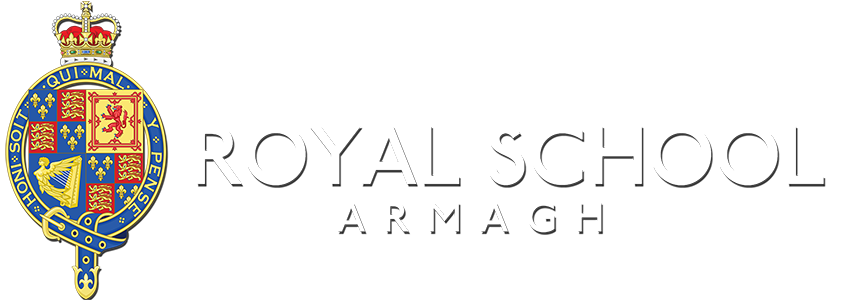Individualised Learning
Individualised Learning at RSA
Everything we do at the Royal School seeks to treat the pupil as an individual and not just part of a ‘cohort’. Pupils learn at different speeds and not everyone learns in the same way. Each pupil’s innate intelligence level, influences, motivation and outcomes are unique to them. The Royal School has developed a personalised learning programme which was classified as “outstanding” and “sector-leading” by the Inspectorate and “innovative” and “ground-breaking” by HMC. Credit must be given to Dr Peter Addis, a member of the school’s senior leadership team, whose doctoral research laid the ground work for the outworking of our current system.
“Working harder” is often presented as the key to improvement but “working smarter” is frequently the key. We have all watched a fly or a wasp banging its head repeatedly on a window trying to escape a room when there is an open door a few feet away through which it could fly if only it could see it. This school looks untiringly for open doors!

How we do it
Following Cognitive Ability Tests (CATs) each pupil is given a ‘dashboard’ clearly showing their Minimum Attainment Line (MAL). This MAL is unique to them and sets is the minimum standard which that pupil should achieve. This begins the process of personalizing their learning. Through dialogue pupils and teachers will then agree each pupil’s Target Assessment Grade (TAG), this grade will be aspirational and is designed to encourage pupils to build on their capacity and strive to improve.
On a number of fixed occasions each year there are ‘tracking events’; the exact nature of these events vary depending on the subject and class but the intention is to produce a grade indicating the level that pupil is achieving at that time, this is called the Current Attainment Grade (CAG). The CAG is compared to the MAL and the TAG to indicate how the pupil is performing and there are regular ‘tracking interventions’ when staff will discuss achievement with each pupil. Central to this process is use of the Learning Log, this is a handbook in which pupils can record reflections on their attainment and realistic actions that they can take to help improve or sustain their standard. We believe that “revise more” and “work harder” are inadequate responses for pupils or staff and therefore we prefer strategic diagnostic suggestions for improvement. These suggestions are based on an analysis of each pupil’s areas for development in each subject.
To help parents understand this system repetitive written reports have been largely replaced by pupil dashboards. These visual displays enable parents to quickly identify pupil potential and performance at each tracking point. Working collaboratively with home, underachieving pupils can therefore be identified very quickly and a supportive pastoral and academic scaffold put in place.
A key part of this support scaffold is our Setting Targets Achieving Results (STAR) coordinator. The pastoral academic interface is of paramount importance and school structures are designed to underpin this. The STAR coordinator ensures increased stretch and challenge for the Gifted and Talented pupils who are progressed to top universities commensurate with their abilities. Encouraging pupils to be the best they can be and progress to the most appropriate higher education destination is critical for our school.

